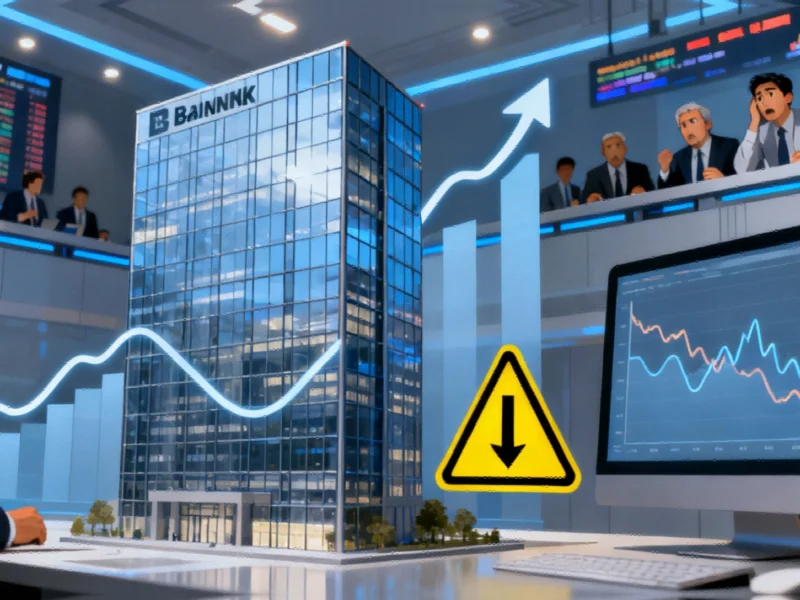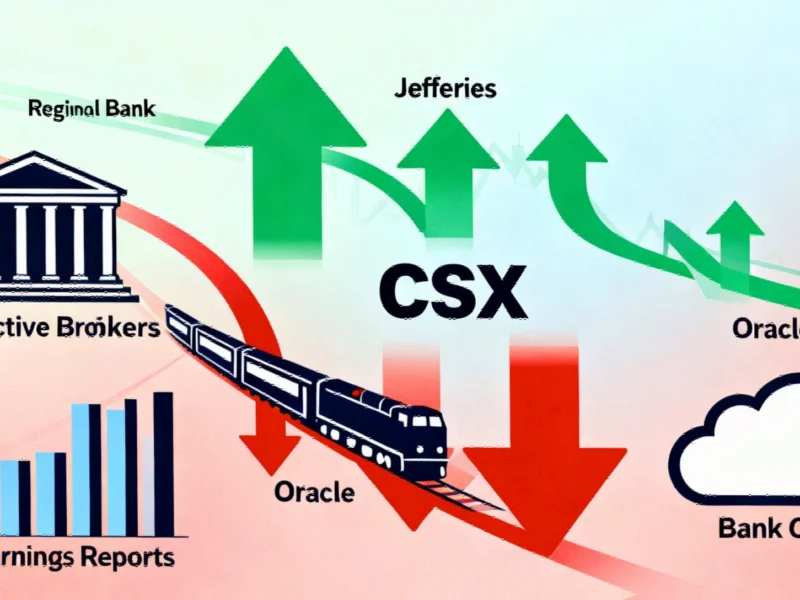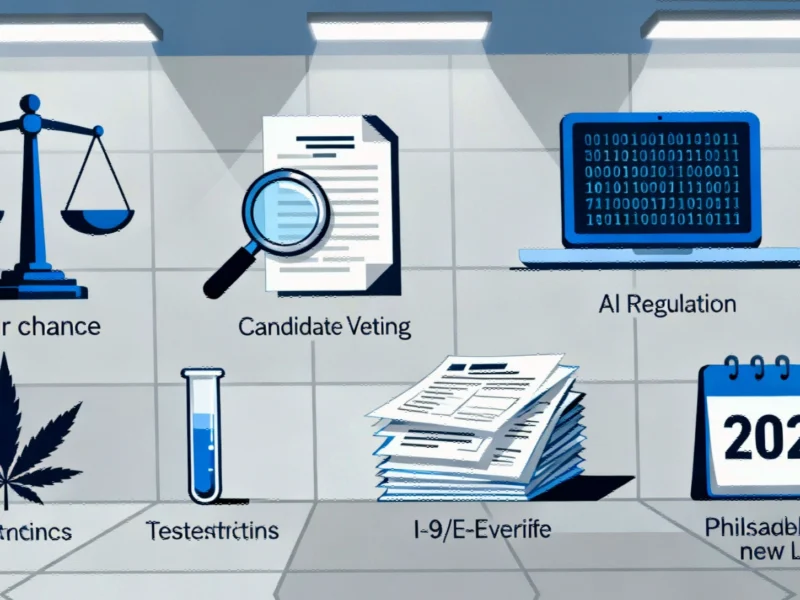Analyst Perspective: Systemic Strength Outweighs Isolated Banking Issues
While recent disclosures about bad loans at several regional banks have sparked investor concerns, Moody’s Ratings maintains that the broader banking system and private credit markets remain fundamentally sound. Marc Pinto, the agency’s head of global private credit, emphasized in a recent CNBC interview that current worries about lending standards and loan conditions don’t indicate a systemic threat to financial stability.
“When we dig deeper here and look to see if there’s a turn in the credit cycle, which is effectively what the market seems to be focusing on, we can find no evidence,” Pinto stated during his “Squawk Box” appearance. He noted that while conditions could change, recent quarters have shown “very little deterioration at all” in asset quality metrics.
Market Reactions Versus Fundamental Reality
Bank stocks experienced significant pressure Thursday following disclosures from Zions Bancorp and Western Alliance Bancorp about bad loans connected to bankrupt auto lenders. The concerns extended to investment bank Jefferies, which reported some exposure to bankrupt auto parts maker First Brands. This triggered broad sector declines as investors weighed whether these issues represented isolated incidents or broader banking jitters that could impact global markets.
JPMorgan Chase CEO Jamie Dimon added to the conversation this week by suggesting that “when you see one cockroach, there are probably more” during his bank’s earnings call. However, Pinto countered this analogy by asserting that “one cockroach does not a trend make,” emphasizing the importance of distinguishing between isolated incidents and systemic patterns.
Credit Metrics Paint Positive Picture
Current default rates support Pinto’s optimistic assessment. High-yield debt defaults have remained below 5% this year and are projected to decline to under 3% by 2026. This stands in stark contrast to the low double-digit default rates experienced during the 2008 financial crisis, indicating much healthier credit conditions despite current market volatility and economic uncertainty.
The resilience extends beyond credit metrics to the broader economic landscape. “With respect to GDP growth, we’re doing much better than many people thought just six months ago,” Pinto noted. He attributed part of this strength to the economy’s ability to withstand pressures from labor market concerns and potential inflationary impacts from trade policies.
Broader Context and Future Outlook
Pinto’s observations came during a conference attended by approximately 2,000 bankers, where he repeatedly heard the word “resilience” used to describe the current financial environment. This sentiment aligns with improving market conditions Friday following Thursday’s sell-off, with the SPDR S&P Regional Banking ETF recovering 2% in premarket trading after a 6.2% decline the previous day.
The positive assessment from Moody’s comes amid broader industry developments across multiple sectors, including energy and technology. As financial institutions navigate the current landscape, they’re also monitoring market trends in adjacent industries that could influence economic conditions.
Looking forward, the combination of expected interest rate declines and sustained GDP growth suggests credit quality could potentially improve from what Pinto already considers “a pretty good place today.” This optimistic outlook extends to related innovations in financial technology that could further strengthen banking operations and risk management capabilities.
Key Takeaways:
- Current banking concerns appear isolated rather than systemic
- High-yield default rates remain historically low and expected to improve
- Economic resilience supports credit quality despite headwinds
- Market overreactions may create buying opportunities for discerning investors
This article aggregates information from publicly available sources. All trademarks and copyrights belong to their respective owners.



